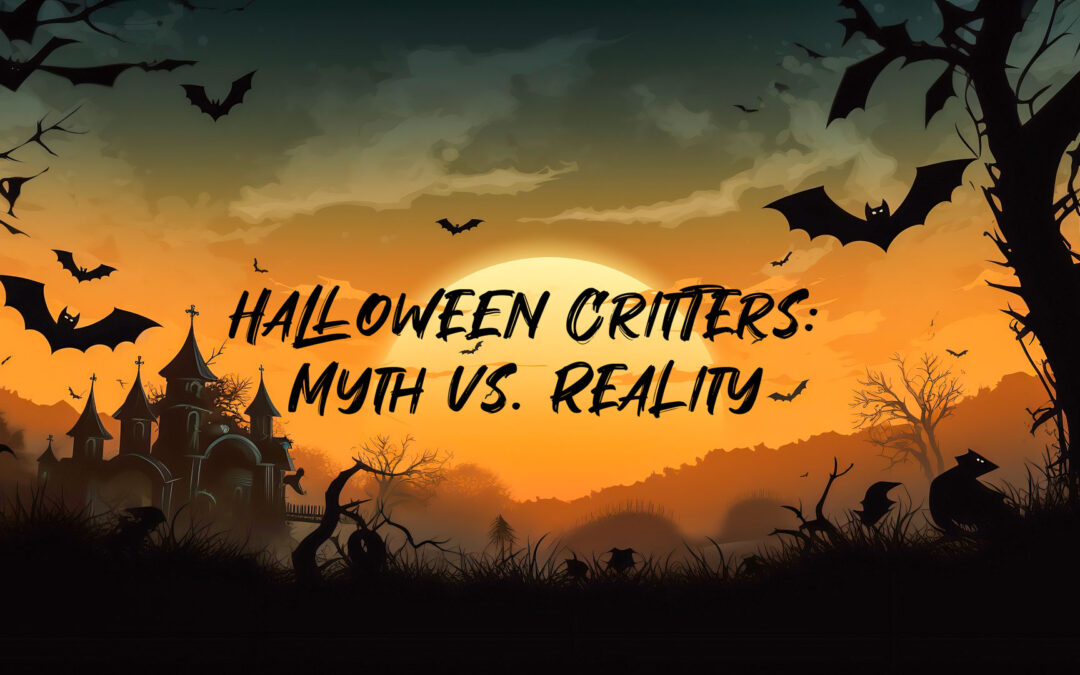October is synonymous with Halloween, a time of spooky tales, haunted houses, and creepy critters. But how much do we really know about the creatures associated with this eerie holiday? Let’s unmask the myths surrounding some of Halloween’s most iconic pests.
Bats: The Night’s Winged Wonders
While often associated with vampires and haunted houses, bats play a crucial role in our ecosystem. They help control insect populations and are vital pollinators for many plants.
- Myth: All bats are bloodsuckers.
Truth: Out of over 1,300 bat species, only three feed on blood, and they primarily target livestock. - Myth: Bats are blind.
Truth: Bats have functional eyes and can see but rely more on echolocation to navigate.
Spiders: Web Weavers of the Shadows
Spiders, with their intricate webs and diverse species, are often misunderstood creatures.
- Myth: All spiders are venomous to humans.
Truth: While most spiders have venom, only a handful have venom potent enough to harm humans. - Myth: Spiders are insects.
Truth: Spiders belong to the arachnid class, making them distinct from insects.
Rats: The Nocturnal Navigators
Rats are intelligent and adaptable creatures, often associated with dark alleys and haunted houses.
- Myth: Rats are dirty and spread diseases.
Truth: While rats can carry diseases, they groom themselves regularly and can be as clean as other pets. - Myth: Rats are solitary creatures.
Truth: Rats are social animals that thrive in groups and form strong bonds with their peers.
Celebrating the Real Critters of Halloween
Halloween brings with it tales of creepy critters, but understanding the truth behind these creatures can demystify the fears associated with them. This October, let’s celebrate the fascinating world of these critters and appreciate their role in our ecosystem.
Eco Care: Banishing Real-Life Halloween Critters from Your Home
Want to make the most of nature’s defenders in your garden?
Contact Eco Care for expert advice on introducing and maintaining beneficial insects in your outdoor space.

